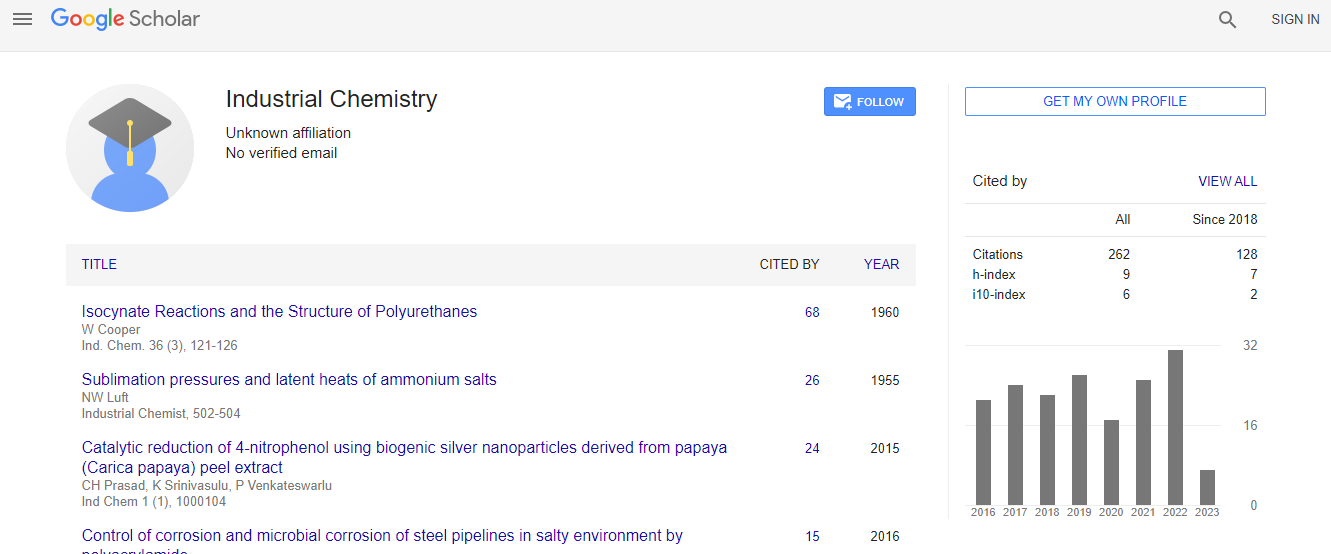Review Article
Effect of Food Processing Industries Effluents on the Environment: A Case Study of MOHA Mekelle Bottling Company, Tigray, Ethiopia
Teklit Gebregiorgis Amabye*
Department of Chemistry, Mekelle University, Mekelle, Ethiopia
- *Corresponding Author:
- Teklit Gebregiorgis Amabye
Department of Chemistry, Mekelle University, Mekelle, Ethiopia
Tel: +251344407608
E-mail: teklitgeb@ gmail.com
Received: October 31, 2015 Accepted: November 19, 2015 Published: November 24, 2015
Citation: Amabye TG (2015) Effect of Food Processing Industries Effluents on the Environment: A Case Study of MOHA Mekelle Bottling Company, Tigray, Ethiopia. Ind Chem 1:110. doi: 10.4172/2469-9764.1000110
Copyright: © 2015 Amabye TG. This is an open-access article distributed under the terms of the Creative Commons Attribution License, which permits unrestricted use, distribution, and reproduction in any medium, provided the original author and source are credited.
Abstract
There is an increasing awareness on the problems of environmental pollution not only in developing countries like Ethiopia but worldwide. Among the sources of this problem is effluent discharge from industries, particularly food processing industries. To determine the extent of this problem in moha soft drink company Mekelletigray Ethiopia. The effluents were collected and analyzed for solids, organics, nitrogen, pH and total coliform using standard procedure. The results showed that total solids (TS) varied 440 to 703 mg/L, total suspended solids (TSS) from 0 to 230 mg/L and total volatile solids (TVS) from 223 to 514 mg/L. The pH of the effluents varied from 6 to 8, the COD from 684 to 3,192 mg/L, the TN from 5.6 to 33.6 mg/L and the total coliform from 43 to 150 MPN/100 mL of effluent sample. Compared to the effluent limitation guidelines given by American Environmental Protection Agency, the TSS, and COD for most of the industries are well above the limits while the TKN, pH and coliform count are within the acceptable limit.

 Spanish
Spanish  Chinese
Chinese  Russian
Russian  German
German  French
French  Japanese
Japanese  Portuguese
Portuguese  Hindi
Hindi 